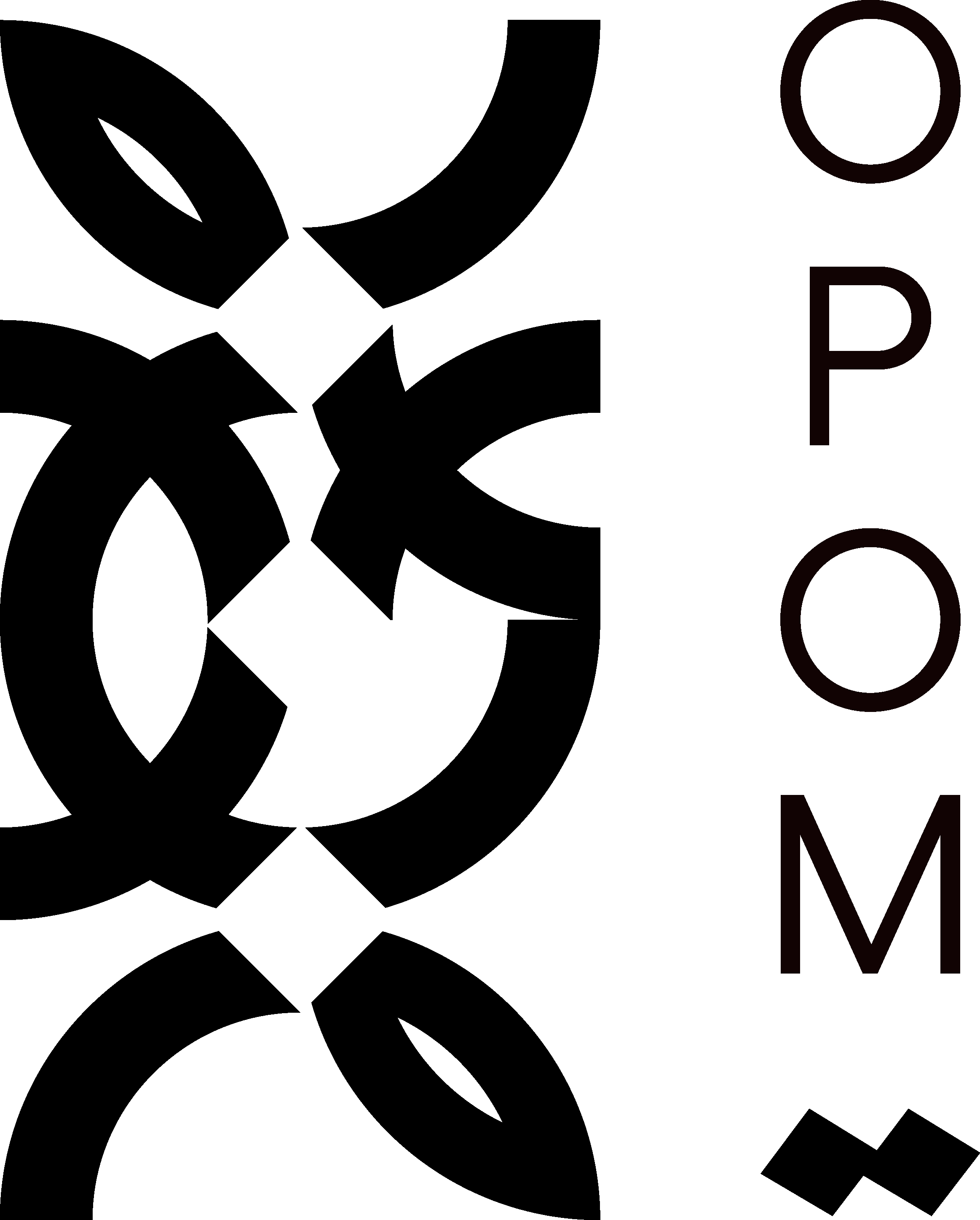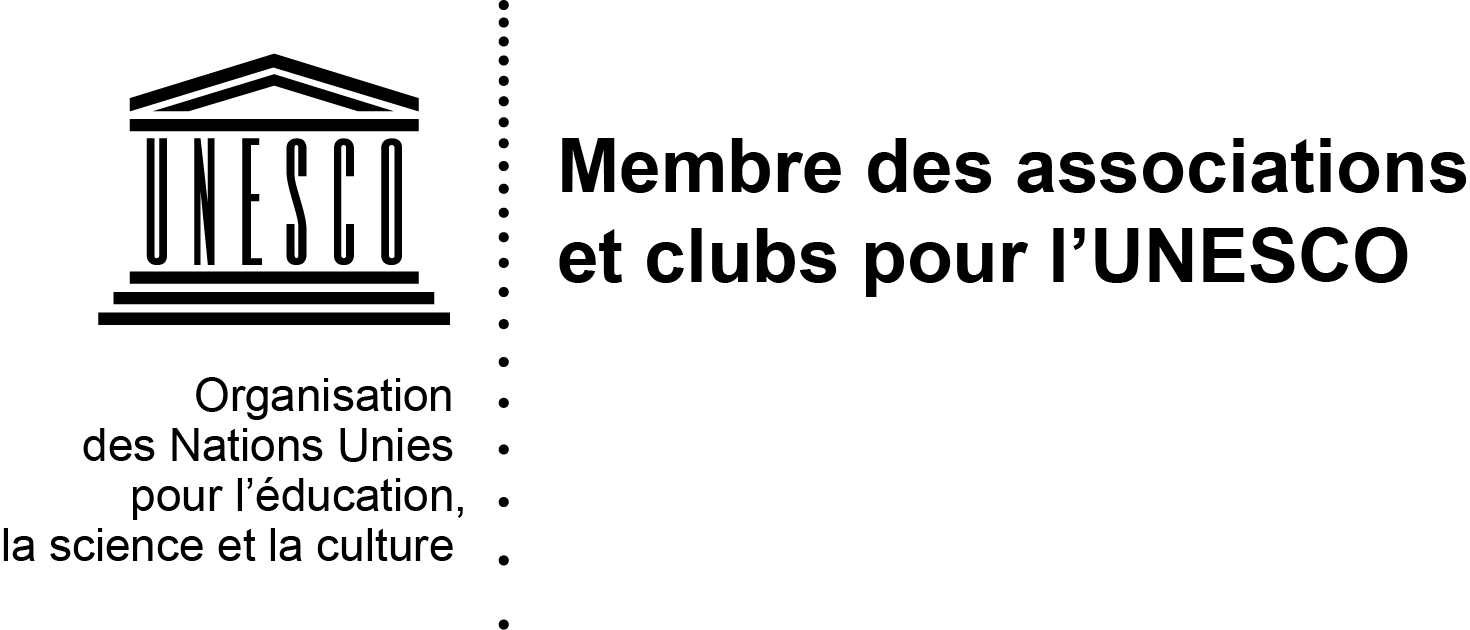22/01/2023 by Elie Saad
It’s not a typo. We will be talking about the heritage of risk(s) and not the heritage at risk. We will save the limited characters that we have in the hope that everything will make more sense as the article progresses. For now, let’s start by defining what “risk” is in general, and specifically in the Mediterranean context, and by depicting the influence of this risk on the Mediterranean architecture accompanied by some examples.
What is “risk”?
From waking up in the early morning, preparing our coffee without spilling it on ourselves to a nuclear Armageddon or a meteorite hitting planet earth; risk is everywhere and on different scales and in varying sizes. Some are natural, or from natural origin, and others man-made. For the sake of not boring our dear readers we will only address risks emanating from a natural cause.
Two elements are essential to produce risk: A hazard and a stake.
A hazard can be of several origins with a possible anthropogenic[1] aggravation or degradation. For example, earthquakes are a natural hazard with no anthropogenic influence, floods are another hazard with possible human interference (permeabilization of the ground cover, dams, dikes etc…) and the nuclear hazard, which is “fully” man made. However, despite certain similarities, these types of hazard impact us differently: for instance, a flood that takes place in the middle of the Siberian hinterland is not the same as a flood in Pakistan, even if both have the same magnitude, the same water volume and water speed levels, etc. for the simple reason that, in the Siberian hinterland, we, as humans, don’t have anything to lose, which means that we don’t have any stake in this situation. Of course, it will influence nature and the natural ecosystem or micro-ecosystem, but it won’t have a direct and immediate impact on us as humans.
Consequently, what exactly is risk? It is the combination of hazard (in both forms) and stake, hence the following basic formula [Hazard + Stake = Risk]. Thus, is considered at risk every stake that can be influenced by a hazard.

Hazard Stake Risk
How do we face this risk? In general, when facing a risk, we have three strategies: the first is to succumb/concede, the second to resist, the third to prevent/avoid.

These are fairly basic strategies that are intertwined and can be combined depending on the cause, situation and magnitude of the hazard. For clarity purposes, we can use the image of a physical fight: in this instance, one can either surrender, not fight at all or stop fighting, fight fully or simply avoid this fight from the beginning. A multitude of alternative scenarios can also be imagined.
A Mediterranean perspective
The Mediterranean Sea is one of the oldest seas known to and explored by humans, which means that the stakes are evident. However, the types of hazards aren’t numerous, which may constitute one of the contributing factors explaining why the Mediterranean Sea was one of the first seas mastered and “tamed” by humanity.
Earthquakes represent the major hazard present in the Mediterranean basins. Several faults snake the sea as shown in the map below, with a high concentration of faults on the eastern basin. We won’t be getting into the details and mechanisms that trigger the earthquakes (we don’t know them ourselves) but having so many faults is not an ideal situation in terms of risks. Without several types of hazards the Mediterranean civilisations had to adapt mainly to earthquakes, but the fact that they are not frequent but generally powerful makes it even harder. So how did older civilisations manage to survive in these areas? How did they thrive to become some of the most influential civilisations in history? And how did it affect them and their built heritage?

source : Along-strike variations in the Hellenide Anatolide orogen: A tale of different lithospheres and consequences
Common knowledge for a common threat
The earthquake doesn’t kill but the falling debris/structures does.
Grounded in this knowledge, it becomes imperative to think about the architecture of these regions to be able to understand how they adapted and survived. From the valleys of the Lebanese mountains to the islands of Greece all the way through the Anatolian plains, we will try to understand how some eastern Mediterranean architecture adapted and thrived.
Covered mainly by a mountainous and rocky landscape, it was only natural that the main construction material of the eastern Mediterranean would be stone. Various types of natural rocks were used depending on the micro-location. However, generally speaking, stones constituted the main building elements with wood being too costly to import or not massively available.
The impact of the absence of wood can be seen in historical Greek architecture with ashlar stone being the main construction element. Architecture built with stones is generally stiff and heavy with little to no flexibility or manoeuvrability. This type of architecture has a significant mass which, in turn, has a crucial influence in case of an earthquake since the inertia of the building is its mass times the acceleration of the earthquake.
The region’s population had the brilliant idea of mixing the little available wood with the stones to create flexible yet sturdy structures. The wood would be built as a frame around the house and within the thick walls made of stone. Two types of wooden structures can be found: the horizontal elements parallel to the wall and the transversal elements. The parallel wooden structure improves the tensile structure of the wall (in-plane and out-plane) while the transversal element improves the connection between the faces of the wall (the same role as the anchor/ anchor plate in another architectural era). Lintels made of massive wood or stone protect the openings.
When an earthquake hits, the flexibility of the wood allows the structure and the roof to
bend and dissipate the shockwave while the stone absorbs it and remains steady.


Transversal wooden structure
The combination of both systems makes sure that the building remains standing with limited damage and cracks. Some experts emphasise the role of the wood and refers to this structure as wooden structure with masonry fillings while others consider the entire systems to be devoid of a main structural element.
As regards the roof, it is generally built to be the lightest possible to reduce the mass of the building (Inertia = Mass times Acceleration), similarly to upper levels in general. One of the reasons higher levels tend to have more windows and thinner walls is to reduce the load on the lower levels, which, in turn, reduce the entire mass of the building. These lighter structures also ensure that, in case of collapse, the damage can be limited due to the, relatively, lighter mass of the debris.
Other non-structural practices can be observed too, such as having the doors rotate to the outside of the building to facilitate escaping, hanging the furniture with hooks on the walls to ensure that they will not fall and keeping some space between the buildings in case they come to fall etc…


These principles are general but somehow basic and applicable to the eastern Mediterranean at large, notably Greece and Turkey.
Techniques transformed with the change of eras and architectural aesthetics, technological advancement, and styles. Some civilisations forgot these techniques and did not develop them. Their risk memory faded away together with the reason why or the manner in which these elements were used.

Yesterday’s solutions and today’s problems
Like a lawyer facing a difficult trial and seeking the archives for a similar case, not to duplicate the used method but to adapt his strategy accordingly, shouldn’t we be seeking older proven strategies, adapted to the context, instead of seeking a one-size-fits-all model?
[1] Originating in human activity.
References:
(Infographics and pictures were made/taken by the author)
-Tsakanika, Eleftheria. (2017). Minoan structural systems: Earthquake resistant characteristics. The role of timber. 10.2307/j.ctt1whm9cf.17.
-Ring, Uwe & Gessner, Klaus & Thomson, Stuart & Markwitz, V.. (2013). Along-strike variations in the Hellenide Anatolide orogen: A tale of different lithospheres and consequences. Bulletin of the Geological Society of Greece. 47. 625-636. 10.12681/bgsg.11096.
-Varum, H. & Rodrigues, Hugo & Lourenco, Paulo & Vasconcelos, Graça. (2015). Seismic behaviour of vernacular architecture. 10.1201/b18856-32.
– Anti-seismic vernacular heritage of Anatolia and beyond: Proceedings of the Inter-ISC’18 ICOMOS Inter-ISC meeting and colloquium, July 10-13, 2018 Kastamonu, Turkey. Conference Volume. ICOMOS ISCARSAH Turkey, Istanbul, Turkey, 233p. ISBN 978-605-245-789-4
Cover Photo Credit : ©Freepik : Turkey, Ruins of Troy



1 comment
I was looking through some of your blog posts on this site and I think this web site
is very informative! Keep on putting up.Blog monetyze
Comments are closed.